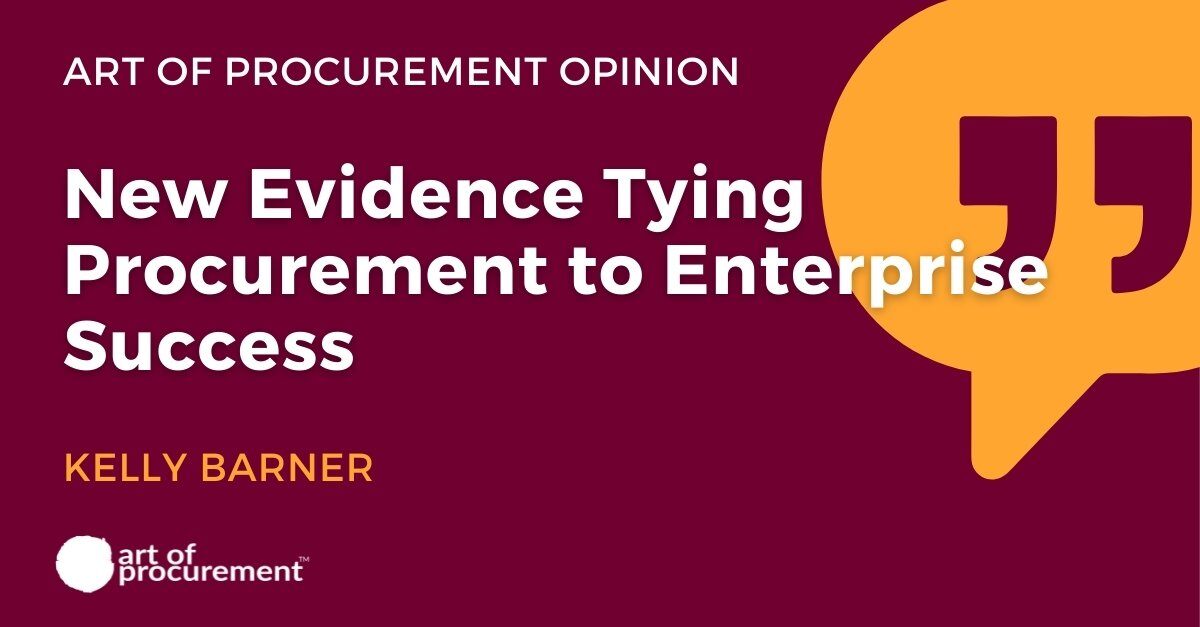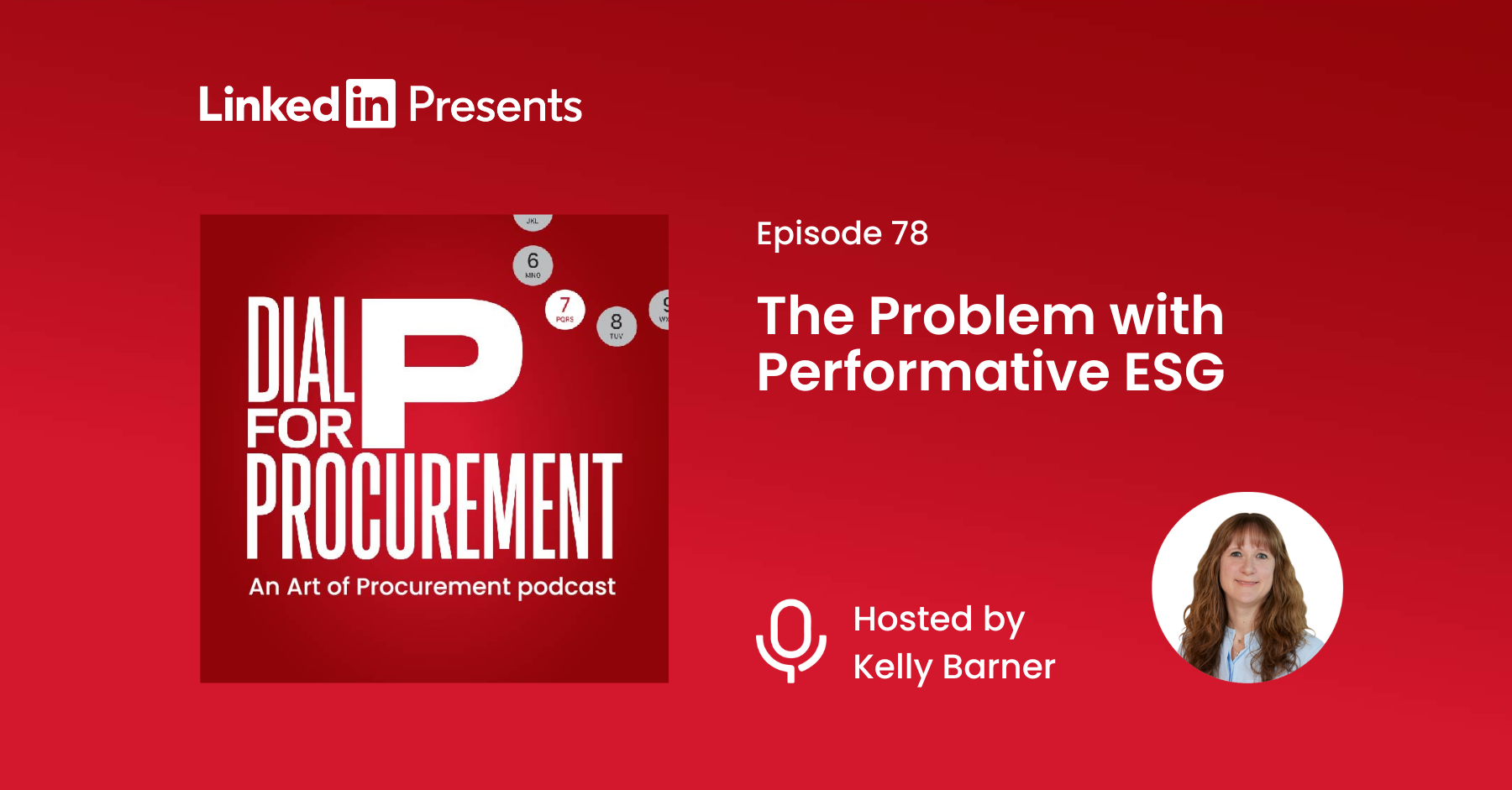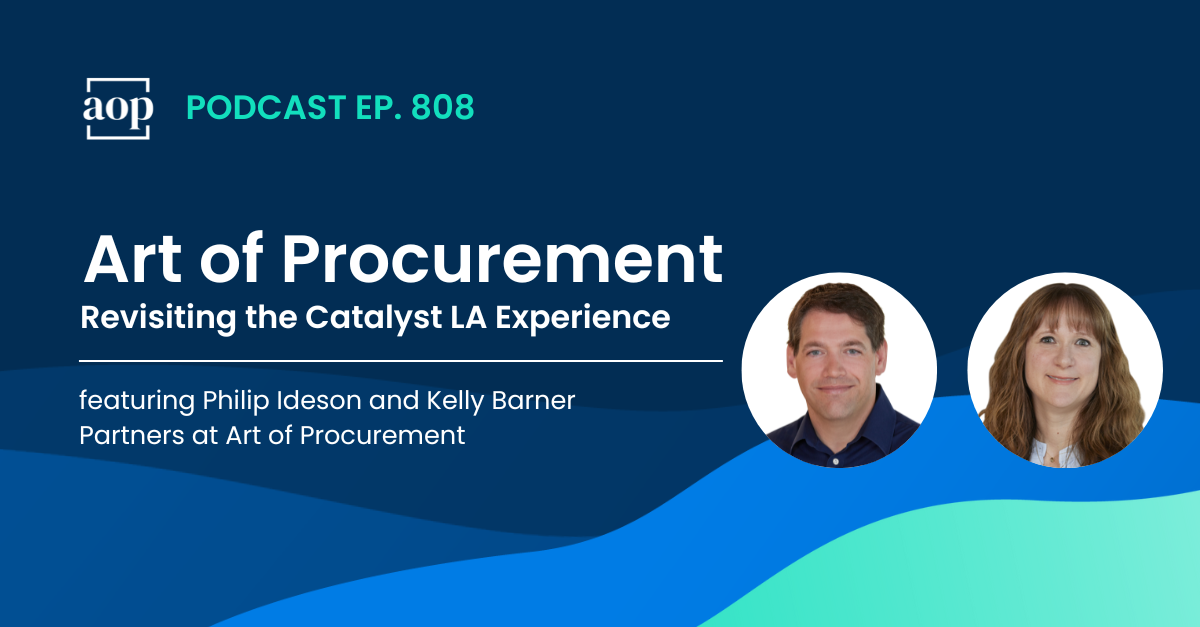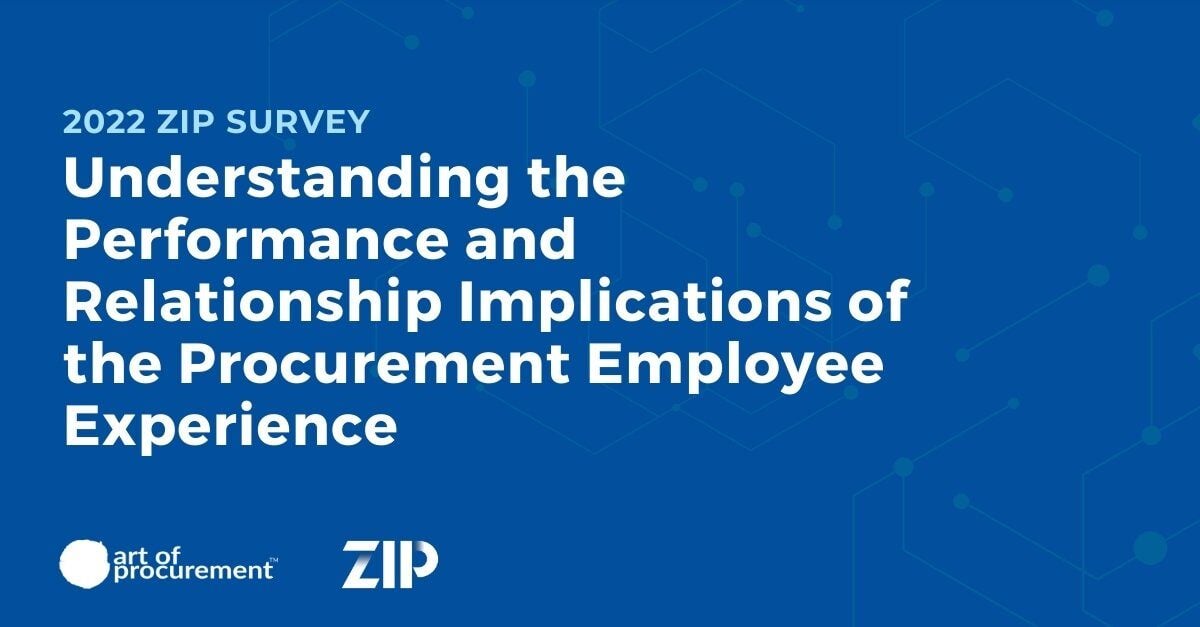
Each month we pause and consider a topic in greater depth than we usually have time to do. Sometimes these long form pieces are based on conversations we have, and other times they are ideas sparked by what we see in the press.
The increased attention on supply chains over the last 18 months had led to some odd ‘quirks’ in coverage. Many of the articles have been interesting, but not all of them. I’ve read ‘hype-y’ pieces about the sky falling, rehashed articles that just check a box of some kind, and content that (in my opinion at least) was written by someone who has never seen a supply chain from the inside.
Today, I want to share and discuss the best piece I have read in a long time: Supply Chains Are Strained. These Companies Are Best Prepared. It is based in part on the work done at the Supply Chain Resource Cooperative at North Carolina State University which is run by Dr. Robert Handfield.
—
Here’s the Reader’s Digest version of my takeaway from the WSJ article: Companies can not succeed if procurement does not succeed – and vice versa.
The connection between the article’s title – Supply Chains Are Strained. These Companies Are Best Prepared – and the meaning it holds for procurement aren’t immediately evident. After all, supply chain and procurement don’t always overlap. If it were a particularly busy day, and I were headline skimming, I might have missed this piece altogether. But while the topics discussed are definitely part of the supply chain, procurement has direct responsibility for the specific activities mentioned.
Every year, the Wall Street Journal compiles their ‘Management Top 250’ ranking. It is based on 5 individual areas of evaluation: customer satisfaction, employee engagement and development, innovation, social responsibility, and financial strength. In this article, they focus on 2 of the 11 metrics in the innovation area – supplier relationship management (SRM) and supply market intelligence (SMI).
There are very few high performance companies in either metric, and even less who earn high scores in both. 4% of the 886 companies evaluated scored a 4 or 5 (the top scores) in SRM and 5% earned the top scores in supply market intelligence. Only 8 companies – less than 1% – scored a 4 or 5 in BOTH SRM and SMI. It comes as no surprise that these are some of the top companies in the world: Ford, Exxon Mobil, Proctor & Gamble, Alphabet (Google), Amazon, Microsoft, Apple, and AT&T.
Step one is to get your hands on a copy of this article and leave it everywhere around the office (or post it to Slack if you’re still remote). It makes abundantly clear the need for a high-performing procurement team if you want your company to be in the top 1% of anything.
But step two – if we want to be purposeful about this information – is to understand why there are such strong connections between effective SRM / SMI and company performance. What is it that these 8 companies are doing that so many others are not? I see two stand out capabilities:
-
They have plans in place
As Dr. Handfield points out in the article, “A lot of companies are a lot more ad hoc about this stuff than you’d think.” Those of us working in procurement and supply chain know that he is right. Apple and Ford don’t have crystal balls that allow them to see what is coming, but they have formal risk mitigation plans that they can lean on when a disruption occurs. Of course, they also have access to huge cash reserves (which always helps), but the level of scrutiny they are under allows them a lot less forgiveness for mistakes. Consumers and onlookers expect them to out-perform the market, and so they do. They put in the time and the effort and make the investment in advance to be able to weather the storm when it comes.
-
Procurement is not siloed.
Procurement has talked about wanting a seat at the table for a long time, and yet we’ve often been more insular than is necessary for us to achieve that goal. In these high-performing companies, all of the functions work together regularly, and everyone understands the internal connection between innovative suppliers and growing market share. When was the last time your procurement team sat down with your sales team – virtually or in person? If it wasn’t in the last few months, then you can’t possibly expect procurement to impact the top line or be respected as a partner by the business. Since the business is unlikely to suggest this idea, it falls to procurement to push for it – as often as possible until it happens.
One of the things about this connection between procurement/supply chain success and company success is that you have to have top performance and excellence in every role and in every function, from the top of the enterprise to the bottom. That doesn’t happen overnight and it has to be core to the company culture.
Every good-sized company has ‘corner dwellers’ – the people who are hiding out, waiting for it to be time to go home, and collecting a paycheck by not calling attention to themselves. The larger a company is, the harder these folks are to avoid. But managers at every level have a responsibility to root these people out and get rid of them ASAP. Their presence doesn’t just damage the performance of the team and company, it drags down the effort made by other individuals. Consciously or not, people will only go so far above the minimum expectation without being rewarded for doing so – or punished for failing to.
My final take away from this article is that very few companies are really, REALLY good because it is really, REALLY hard to be extremely effective over time and at scale. This isn’t about one more piece of technology, a better implementation, or a CPO with a snazzy pedigree. Being able to perform at the same level as the top 1% of companies worldwide requires dedication and a lot of hard work. In other words, the struggle is real. The question this leaves procurement with – both on their own behalf of the company – is whether that struggle is worthwhile, and whether you’re prepared to put in the work necessary to rise to that level.




